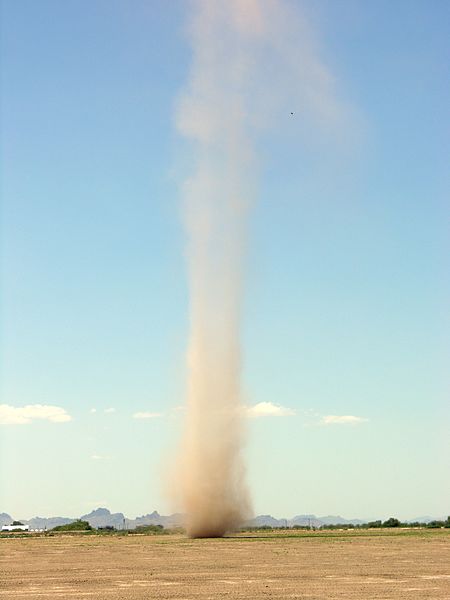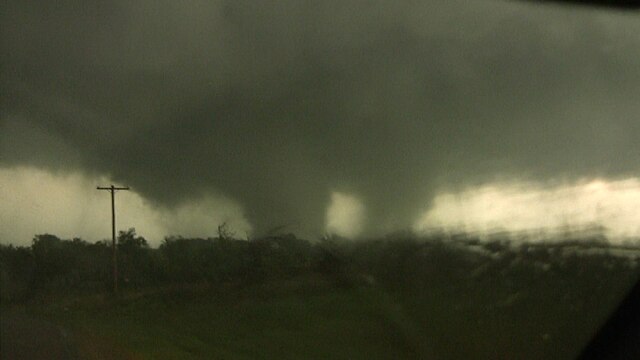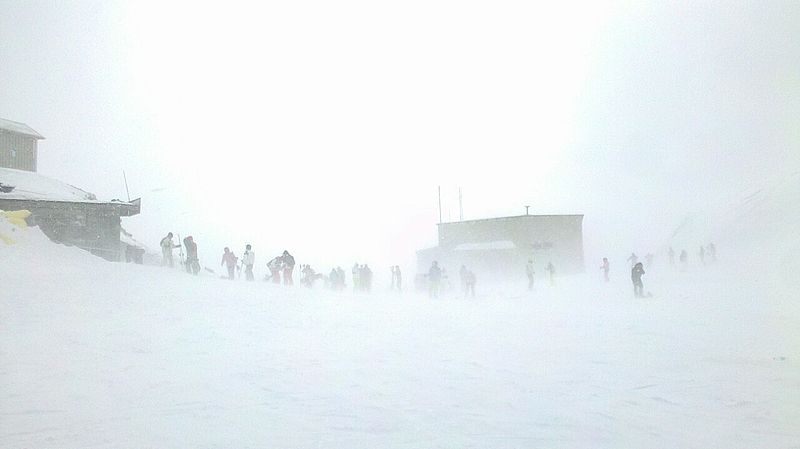We just learned about
Freezing Rain.
Another type of weather is called a
sand storm.
When strong winds come along over desert areas with lots of sand, the wind keeps blowing on them until they are shaking.
The wind keeps blowing and eventually the sand is blown up just a little off the ground and is bouncing along the ground.
As the wind keeps up for a long time, more and more sand is blown up into the air higher and higher until it becomes a giant sand storm.
Sand storms can be 50 feet high, as tall as a five story building, and it is very dangerous to get caught in one.
It is not good for you to breathe in sand, so you have to cover your whole face up and get inside quick!

(from: wikipedia -
dust storm)
Kid Facts - Blast from the past: Potassium





















